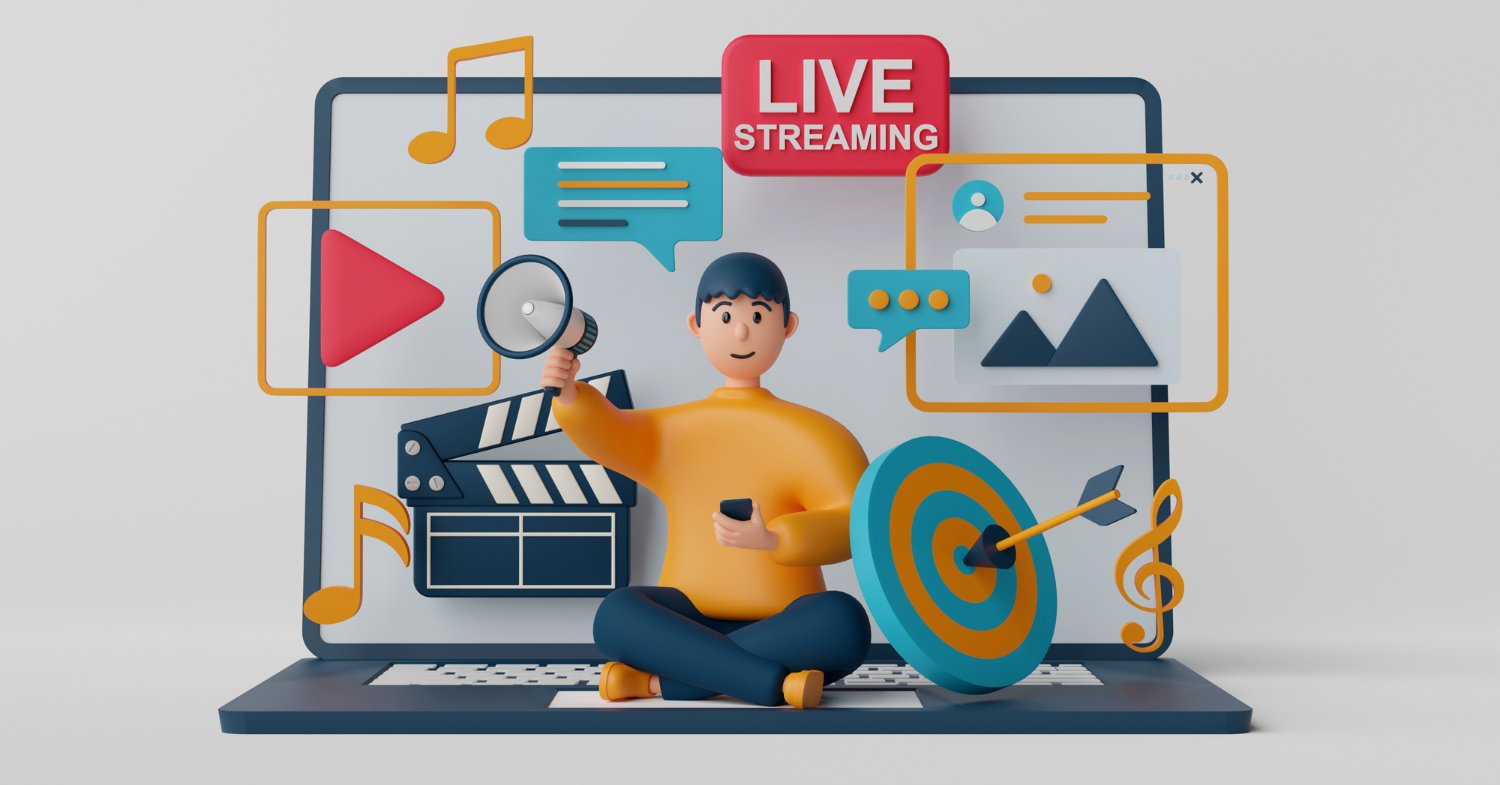Analyzing Information to Optimize Your Digital Marketing Performance
In a period where electronic footprints are invaluable, examining information is critical to maximizing your electronic advertising and marketing performance. This data-driven approach not only straightens advertising initiatives with customer preferences yet likewise takes full advantage of Return on Financial investment. Interested about taking your advertising to the following degree?
Identifying Secret Metrics

Prominent among these metrics are Click-Through Price (CTR), Conversion Rate (CR), and Roi (ROI) CTR indicates the portion of users who click on an advertisement or link, supplying understanding into the efficiency of innovative properties and targeting strategies. CR measures the percentage of internet site visitors who finish a wanted action, such as making a purchase or filling up out a kind, thus showing the performance of the sales channel. ROI, on the other hand, assesses the earnings relative to the expenses sustained, offering a comprehensive sight of the economic influence of marketing activities.
In addition, various other important metrics like Customer Procurement Expense (CAC) and Lifetime Worth (LTV) supply much deeper understandings right into the cost-effectiveness and long-lasting value generated from advertising initiatives. By meticulously tracking these KPIs, organizations can make data-driven decisions to fine-tune and improve their digital advertising and marketing strategies.
Understanding Consumer Actions
Building on the structure of essential metrics, a comprehensive understanding of customer actions supplies a nuanced perspective that drives a lot more efficient electronic advertising techniques. By assessing just how consumers communicate with your on the internet systems, you can reveal patterns and preferences that educate targeted advertising initiatives. This includes looking at different touchpoints such as internet site navigating, web content consumption, and social media sites interaction.
Comprehending client habits begins with segmenting your target market based upon group, psychographic, and behavior data. This segmentation enables individualized advertising, satisfying details demands and preferences of distinct teams. Recognizing regular buyers versus one-time purchasers can assist tailor promotional deals and interaction techniques appropriately.
Furthermore, mapping the consumer trip is essential. This entails tracking the steps a client draws from initial understanding to final purchase, and also post-purchase engagement. By doing so, you can recognize potential drop-off points and enhance these areas to boost customer retention and conversion prices.
Furthermore, evaluating responses and assesses deals direct insights right into customer complete satisfaction and areas for improvement. Understanding the motivations, pain factors, and expectations of your target market allows the crafting of more effective and resonant advertising and marketing messages, inevitably driving higher engagement and commitment.
Leveraging Analytical Tools
Harnessing the power of logical devices is vital for optimizing digital marketing performance. These devices give granular insights into numerous elements of marketing projects, from target market interaction to conversion rates. more By leveraging systems such as Google Analytics, HubSpot, and Adobe Analytics, marketing experts can track vital efficiency indicators (KPIs) and get actionable data. This data-driven method enables businesses try this website to make informed decisions, fine-tune strategies, and designate resources better.
The utility of logical tools expands past plain information collection. Heatmaps can disclose customer interaction with internet site aspects, while A/B screening devices can establish the effectiveness of various web content variants.
Incorporating logical tools with other digital marketing platforms, such as social media and email advertising software application, produces a cohesive ecological community for comprehensive efficiency monitoring. This alternative sight ensures that all elements of an electronic advertising approach are aligned and maximized. In a significantly competitive digital landscape, the capacity to take advantage of analytical tools effectively can be the deciding variable between success and torpidity.
Enhancing Web Content Technique

One secret element of improving content strategy is understanding audience choices and behavior. Analytics can disclose market info, peak involvement times, and favored web content layouts, such as video clips, blogs, or infographics. This knowledge enables online marketers to tailor their material to meet the certain requirements and rate of interests of their audience, consequently enhancing the possibility of involvement and conversion.
Additionally, continuous monitoring and evaluation of material performance provide insights into what is functioning and what requires adjustment. A/B testing different headings or calls-to-action can generate valuable data on components that drive the most interaction. In addition, tracking material efficiency across different channels assists in maximizing circulation strategies, guaranteeing that the ideal click to read more web content gets to the best audience with the most effective platforms.
In essence, data-driven material strategy improvement is an intermittent procedure of evaluation, implementation, and refinement, geared towards providing optimal worth to both the service and the target market.
Determining Campaign Success
Measuring campaign success is critical for comprehending the performance of electronic advertising and marketing campaigns and making educated choices for future initiatives. Secret efficiency signs (KPIs) are crucial metrics that give understandings into campaign performance.
To successfully determine project success, it is important to establish clear, quantifiable objectives from the outset. These goals must be straightened with broader organization goals and give a criteria for reviewing performance. Using devices like Google Analytics, social networks analytics, and CRM systems can help with the tracking of these KPIs and offer real-time information insights.
Evaluating this information assists recognize which elements of the campaign are working well and which need changes. For example, a low CTR could indicate that advertisement duplicate requires refinement, while a high CAC can recommend a need for targeting optimization. Continuous tracking and evaluation make certain that advertising and marketing efforts are receptive and agile, ultimately leading to much more efficient and effective projects.
Conclusion
Finally, the optimization of digital advertising and marketing efficiency with information evaluation is critical. Recognizing essential metrics such as Click-Through Rates (CTR) and Conversion Rates (CR) enables a much deeper understanding of consumer actions. Leveraging logical devices, consisting of Google Analytics and heatmaps, boosts content techniques and campaign effectiveness. Continuous tracking and data-driven modifications make sure that advertising initiatives line up with advancing fads, inevitably driving greater Roi (ROI) and achieving tactical objectives.
